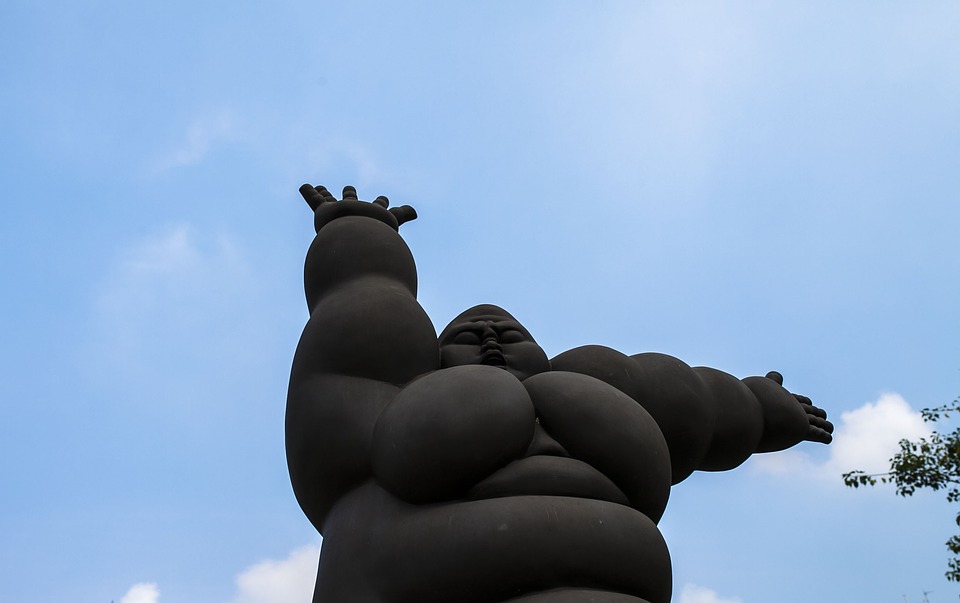Lipoedema is a long-term (chronic) condition where there’s an abnormal build-up of fat cells in the legs, thighs and buttocks, and sometimes in the arms.
The condition usually only affects women, although in rare cases it can also affect men.
Symptoms of lipoedema
In lipoedema, the thighs, buttocks, lower legs, and sometimes the arms, become enlarged due to a build-up of abnormal fat cells. Both legs and/or the arms are usually enlarged at the same time and to the same extent.
The feet and hands aren’t affected, which creates a “bracelet” effect or “band-like” appearance just above the ankles and wrists.
Leg and arm size can vary between individuals with lipoedema, and the condition can gradually get worse over time.
As well as becoming enlarged, affected areas of the body may:
feel soft, “doughy” and cold
bruise easily
ache or feel painful or tender
have small broken veins under the skin
Someone with lipoedema may eventually get fluid retention (lymphoedema) in their legs. This type of swelling can worsen by the end of the day and may improve overnight, whereas the fatty swelling of lipoedema is constant.
The combination of these symptoms can lead to reduced mobility and psychological issues, such as low self-esteem.
When to see your GP
See your GP if you have symptoms of lipoedema. They’ll ask you about your symptoms and examine the affected areas of your body.
If your GP thinks you have lipoedema, they may refer you to your nearest lymphoedema clinic where specially trained staff will be able to give you information and advice about how to manage the condition.
Treatments for lipoedema
There’s been little research into lipoedema, so there’s some uncertainty about the best way to treat the condition.
If you have lipoedema it’s important to avoid significant weight gain and obesity because putting on weight will make the fatty swelling worse.
Compression tights are helpful for some people because they support the fatty swelling and may reduce the pain.
The only treatment that appears to be effective in reducing the build-up of fatty tissue associated with lipoedema is a procedure called tumescent liposuction.
Tumescent liposuction
Tumescent liposuction involves sucking out the unwanted fat through a tube. A liquid solution is first injected into the legs to help numb the area and reduce blood loss.
The procedure can be effective and have good results, but several operations may be needed to remove the fat from different parts of your body. Fatty swelling of the legs may return after having the procedure if you gain weight.
Non-surgical treatments may also be needed for a long period after having tumescent liposuction. For example, you’ll need to wear compression garments after surgery to prevent complications such as lymphoedema.
It’s difficult to get NHS funding for liposuction to treat lipoedema, but your GP can try to apply for funding through your local CCG.
Treatments to prevent lymphoedema
Non-surgical treatments can sometimes help improve pain and tenderness, prevent or reduce lymphoedema, and improve the shape of affected limbs – although they often have little effect on the fatty tissue.
Several different treatments are designed to improve the flow and drainage of fluid in your tissues, such as:
compression therapy – wearing bandages or garments that squeeze the affected limbs
exercise – usually low-impact exercises, such as swimming and cycling
massage – techniques that help encourage the flow of fluid through your body
Treatments that don’t work
Treatments used for some types of tissue swelling are generally unhelpful for lipoedema.
Lipoedema doesn’t respond to:
raising the legs
diuretics (tablets to get rid of excess fluid)
dieting – this tends to result in a loss of fat from areas not affected by lipoedema, with little effect on the affected areas
Causes of lipoedema
The cause of lipoedema isn’t known, but in some cases there’s a family history of the condition. It seems likely that the genes you inherit from your parents play a role.
Lipoedema tends to start at puberty or at other times of hormonal change, such during pregnancy or the menopause, which suggests hormones may also have an influence.
Although the accumulation of fat cells is often worse in obese people, lipoedema isn’t caused by obesity and can affect people who are a healthy weight. It shouldn’t be mistaken for obesity, and dieting often makes little difference to the condition.
Lipoedema or lymphoedema?
These two conditions can look very similar, but there are important differences.
Lymphoedema is swelling under the skin caused by a build-up of fluid in the lymphatic system – the network of vessels that drains excess fluid from body tissue.
Swollen skin caused by lymphoedema will pit or indent if you press it, but this doesn’t happen in cases of lipoedema.
A person with lipoedema may eventually develop lymphoedema as well, if the build-up of fat affects lymphatic drainage. This combination of the two conditions is known as lipo-lymphoedema.
